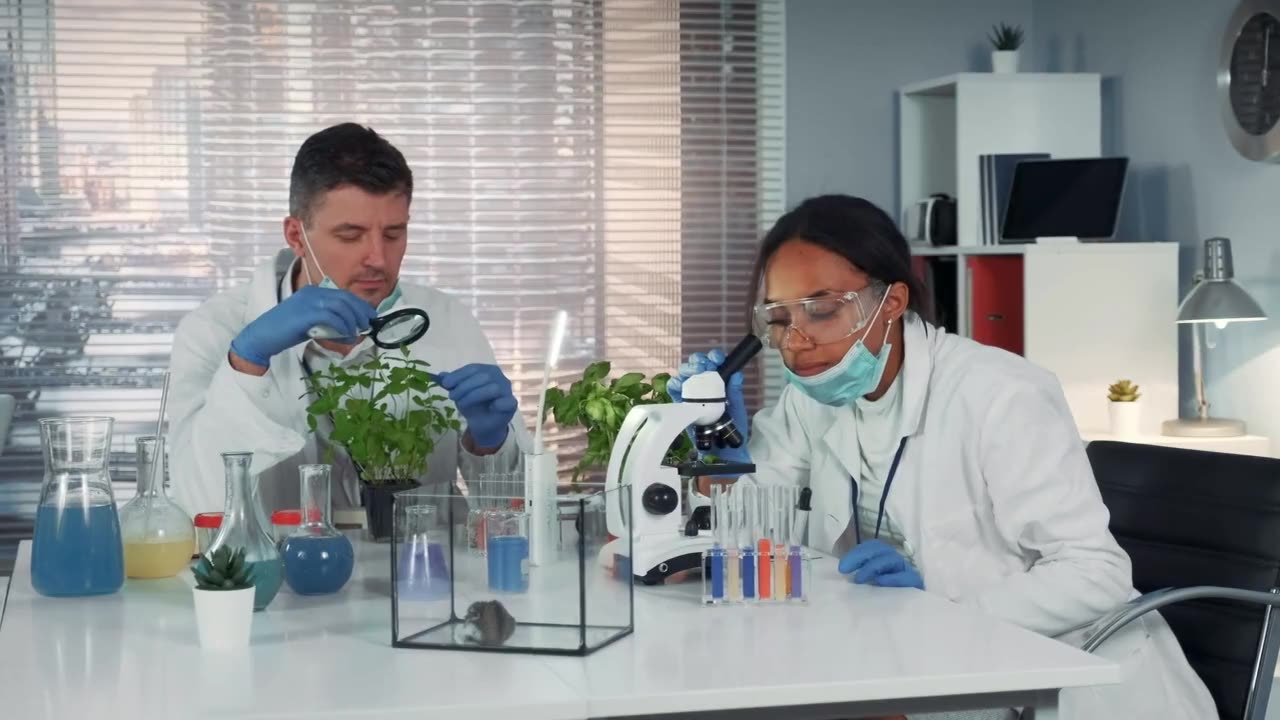Premium Only Content
This video is only available to Rumble Premium subscribers. Subscribe to
enjoy exclusive content and ad-free viewing.

Rare Retinal Cells May Hold the Key to True Color Perception
1 year ago
30
Health & Science
Weird Science
science
science experiment
science experiments
science project
food science
science for kids
science documentary
cool science experiments
science max
Rochester researchers harnessed adaptive optics to gain insight into the complex workings of the retina and its role in processing color. They have identified elusive retinal ganglion cells (RCGs) in the eye’s fovea that could explain how humans see red, green, blue, and yellow.
Scientists have long wondered how the eye’s three cone photoreceptor types work together to allow humans to perceive color. In a new study in the Journal of Neuroscience, researchers at the University of Rochester used adaptive optics to identify rare retinal ganglion cells (RGCs) that could help fill in the gaps in existing theories of color perception.
Loading comments...
-
 LIVE
LIVE
Dr Disrespect
2 hours ago🔴LIVE - DR DISRESPECT - WARZONE NUKE IS BACK? - SHOTTY BOYS®
9,154 watching -
 2:08:43
2:08:43
The Quartering
2 hours agoTrump's Big Announcement LIVE & Today's News!
133K21 -
 50:30
50:30
Sean Unpaved
3 hours agoInside the NFL: Ed Werder Talks Cowboys, Contracts, & Coaches
2921 -
 LIVE
LIVE
Tucker Carlson
3 hours agoAaron Lewis on Being Blacklisted from Radio & Why Record Labels Intentionally Promote Terrible Music
3,257 watching -
 5:55
5:55
Coin Stories with Natalie Brunell
4 hours agoWho's Selling Bitcoin? Preston Pysh on Bearish Sentiment, Bitcoin Treasury Warning Signs and Ponzis
1 -
 LIVE
LIVE
Barry Cunningham
6 hours agoBREAKING NEWS: PRESIDENT TRUMP ADDRESSES AMERICA FROM THE OVAL OFFICE!
2,727 watching -
 8:53
8:53
Dr. Nick Zyrowski
3 months agoStarve Fat Cells, ( Not Yourself ) - Ultimate Fat Loss Guide
2.07K1 -
 20:29
20:29
T-SPLY
16 hours agoWashington Governor Under Risk Of Being Arrested!
49017 -
 2:07:34
2:07:34
Tim Pool
3 hours agoWill AI Destroy Humanity? Can Humans Escape AI Doomsday Debate | The Culture War With Tim Pool
91.2K35 -
 35:53
35:53
Lara Logan
10 hours agoACCOUNTABILITY AND A NATION BETRAYED | General Michael Flynn | Episode 32
17.9K6